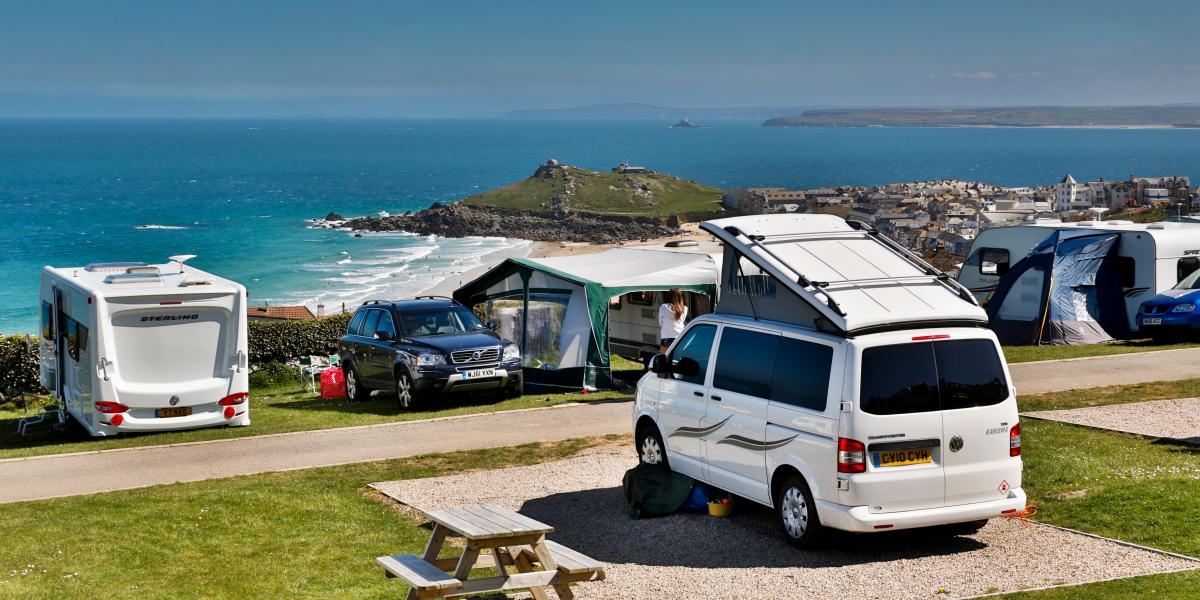Do you have difficulty getting from A to B? The NHS reports that there are currently around 1.2 million wheelchair users in the UK, with two thirds relying on wheelchairs on a regular basis. Many will need a converted car or van to get around, and there are lots of ready-to-go wheelchair-accessible vehicles available for sale or hire. Alternatively, you could convert an old minivan, SUV or van.

The steps and costs involved in vehicle conversion can vary significantly based on factors such as your choice of vehicle and the wheelchair user’s needs. But if you’re just starting out your research, you can read a summary of the process and what to expect below.
Choice of vehicle
If you already own a minivan or SUV, there’s a good chance that it can be converted for wheelchair access. You’ll need to know the make, model and year of manufacture however, as conversion companies will need to create specific designs and assembly lines to match it.
You may also want to consider investing in a new vehicle if your current one has high mileage or a history of unreliability. Converting it won’t come cheap, so it’s best to avoid spending lots of money upgrading a vehicle that could break down on you at some point in the near future.
Side or rear entry
The two main types of conversion are side entry and rear entry, which determines where the wheelchair user will access the vehicle.
Side-entry conversions allow the wheelchair users to ride in the front seats or even drive the vehicle themselves. Rear-entry conversions are usually cheaper however, while finding parking is made easier too as it won’t matter if you’re boxed in from the side.
Bear in mind that rear-entry vehicles are only suited to wheelchair users with carers though – a second person will need to fold up the ramp and then drive the vehicle.
Interior alterations
The most significant alteration required beyond the point of entry is lowering the floor to allow comfortable headroom and better visibility for the wheelchair user.
The exhaust, fuel system and brakes will also be tweaked, but otherwise the vehicle will look just like any other.
Costs
The first cost to factor in is the vehicle itself – unless you’re using a vehicle you already own. Next up is your choice of conversion manufacturer, who will research and design an appropriate vehicle, carry out the conversion, and put it through rigorous safety tests.
Other key variables in the cost of conversion include:
- A manual ramp vs. a power ramp
- Rubber or carpet flooring
- Removable seating
- A keyless remote
You may be able to get financial assistance from certain non-profits and care agencies, however.
Wheelchair-accessible vehicles provide a lifeline for their users. Could converting an old minivan suit your situation?
Facebook Comments